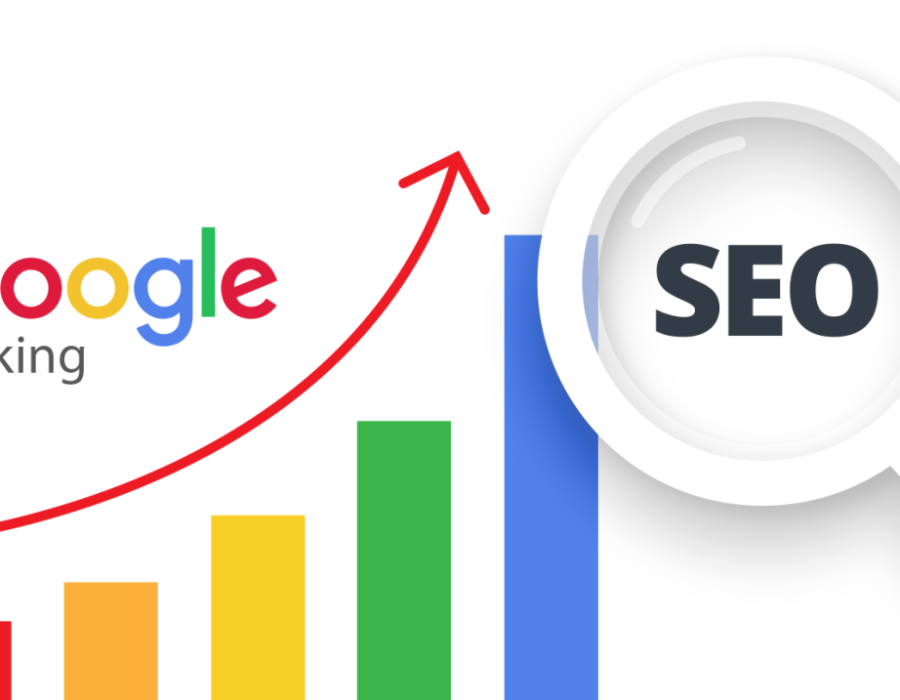In the fast-evolving digital world, search optimization is no longer limited to ranking on Google’s first page. Today, businesses must also consider Answer Engine Optimization (AEO) — a strategy focused on delivering concise, structured information to AI-driven platforms like Google Assistant, Siri, and ChatGPT.
One of the key components that fuels both traditional SEO and AEO is structured data. Whether you're a local business in New Jersey looking to stand out or a digital marketer offering NJSEO services, understanding how structured data impacts these two optimization strategies is critical.
Understanding Structured Data
Structured data is a standardized format (typically in JSON-LD) used to label content on a website so that search engines can better understand and interpret the information. This data feeds into rich results like product snippets, FAQs, and reviews — and more importantly, it fuels voice search and answer engines.
Structured Data in Traditional SEO
In traditional SEO, structured data plays a supporting role. It:
- Helps search engines crawl and index pages more efficiently
- Enhances SERP visibility through rich snippets (e.g., star ratings, event info)
- Improves CTR by making listings more attractive and informative
Example: Adding schema markup for reviews or FAQs can increase the likelihood of appearing with enhanced results in Google's listings — a key focus in most NJSEO strategies.
Structured Data in AEO (Answer Engine Optimization)
AEO takes structured data a step further by targeting zero-click answers and voice-based platforms. Here, structured data:
- Enables AI and voice assistants to pull accurate, direct answers
- Supports context and clarity needed for conversational queries
- Increases the chances of content being used in featured snippets or "People Also Ask" sections
Key Difference: In AEO, the goal is not just to rank but to be the answer. Structured data makes your content machine-readable and instantly accessible to AI systems that prioritize clear, authoritative responses.
Traditional SEO vs. AEO: Structured Data Comparison
FeatureTraditional SEOAEO (Answer Engine Optimization)Primary GoalImprove rankings & visibilityProvide direct answers to user queriesUse of Structured DataEnhance rich snippetsEnable AI-driven platforms to extract answersTypical QueriesKeyword-focusedConversational and intent-basedTarget DevicesDesktop, mobile browsersVoice assistants, smart devicesNJSEO RelevanceFocused on rankings in local searchesFocused on quick, spoken responses in local context
Why It Matters for NJSEO
For businesses targeting New Jersey audiences, incorporating structured data into both traditional and AEO strategies ensures maximum online visibility. Whether your customers are searching “best pizza place in Newark” on their phone or asking Siri, structured data helps ensure your business is part of the answer.
Pro tip: LocalBusiness schema, Review schema, and FAQ schema are especially valuable for NJSEO strategies that aim to dominate both traditional and answer engine results.
Final Thoughts
Structured data is the bridge between your content and the intelligent systems that deliver it. While traditional SEO uses it to enhance visibility, AEO depends on it to deliver fast, accurate answers. If you're working with or offering NJSEO services, incorporating structured data is no longer optional — it's essential.
Want to future-proof your SEO strategy?
Get Free Analysis NJSEO experts today and learn how structured data can boost your visibility across both search engines and voice platforms.






Comments